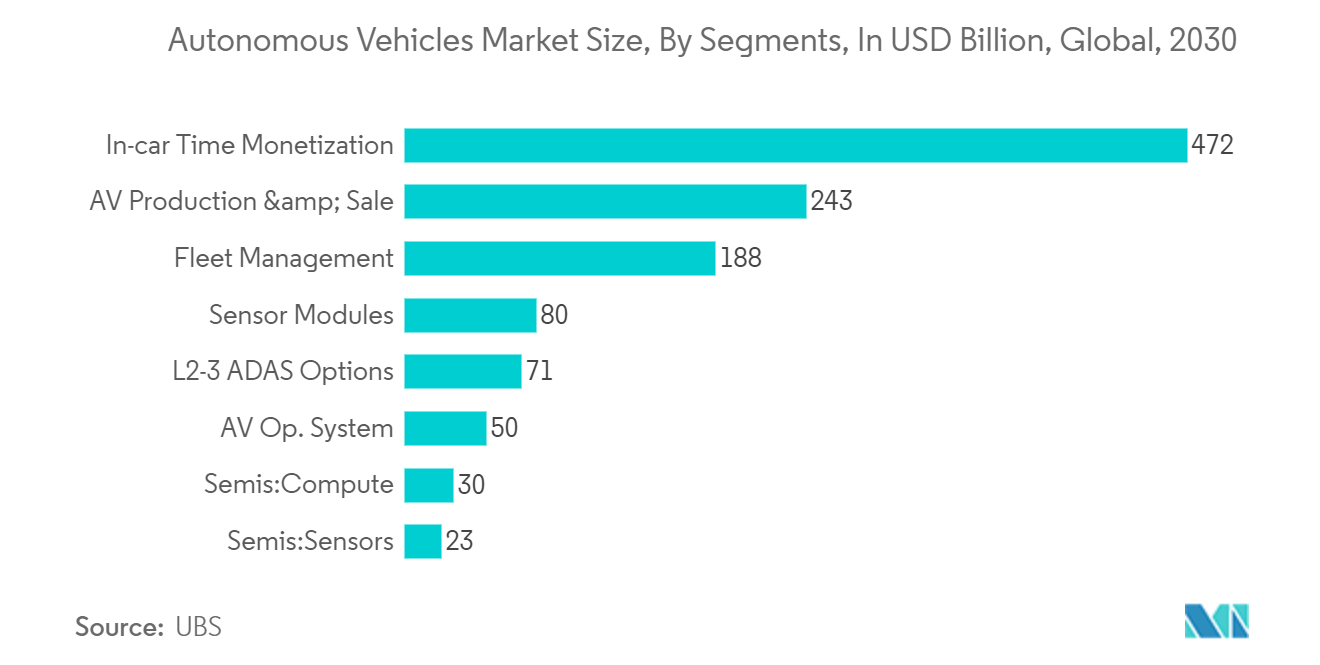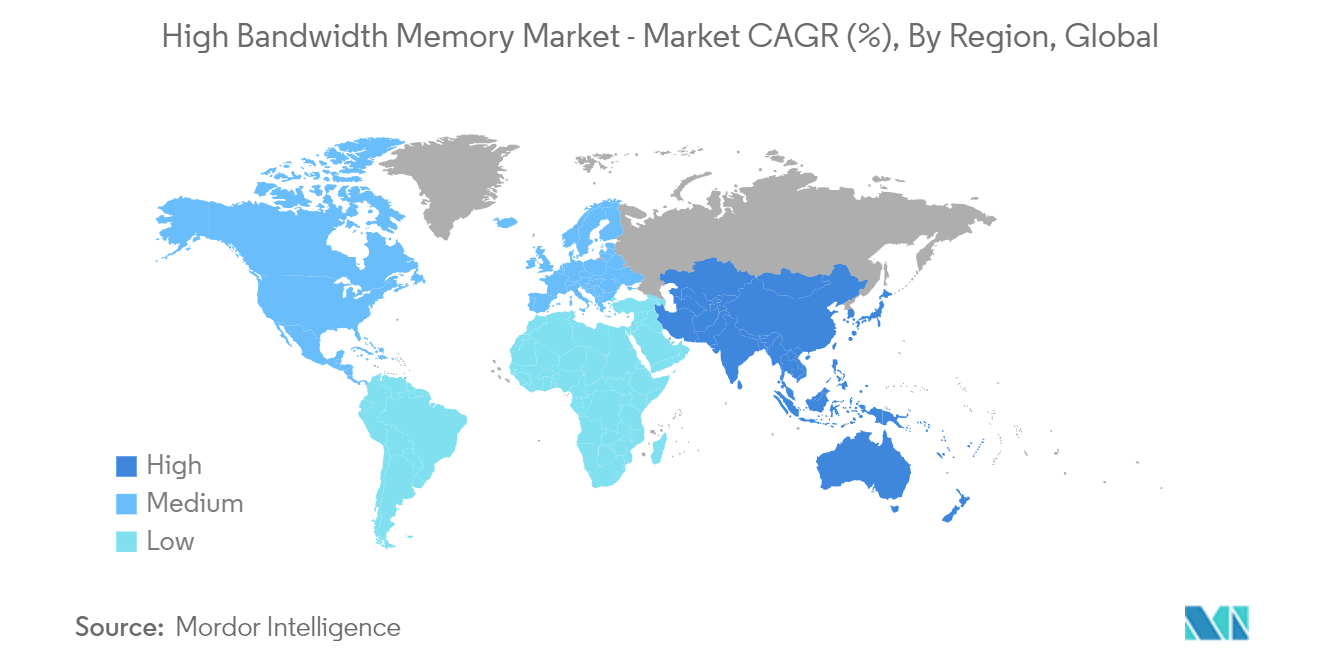Market Trends of High Bandwidth Memory Industry
The Automotive and Other Applications Segment is Expected to Grow Significantly
- The applications of high bandwidth memory are spanning the automotive industry due to the rise of self-driving cars and ADAS integration. Advancements in the automotive industry have driven the adoption of high-performance memory, which supports the growth of the HBM market.
- HBM has evolved by improving upon conventional DRAM using 2.5D technology, bringing it closer to the CPU while requiring less power to drive a signal and minimizing RC latency. The autonomous driving market is expanding, extensively using data sets to interpret and analyze the environment. In order to prevent mishaps and impending catastrophes, data processing is carried out at a very rapid pace. The demand for quick and potent GPUs has increased the demand for high bandwidth memory to be included in the systems.
- In March 2024, Samsung Electronics Co., a memory chipmaker, set up a high bandwidth memory (HBM) team within the memory chip division to raise production yields as it is developing a sixth-generation AI memory HBM4 and AI accelerator Mach-1. The new team is in charge of the development and sales of DRAM and NAND flash memory.
- Advanced driver-assistance technologies have become quite popular in the car industry alongside autonomous driving. Earlier ADAS designs used memory chips like DDR4 and LPDDR4 since they were readily available at the time. However, the automobile industry's transition from cost-effectiveness to better performance parameters pushes ADAS makers to incorporate HBM technology into their design architecture.
- The rapid advancement of technology in automobiles and increasing usage of edge technologies in cars are expected to boost the sales of high bandwidth memory and DDRAM in the market studied.

North America to Hold the Largest Share in the Market
- The high adoption of HBMs in North America is primarily due to the growth in high-performance computing (HPC) applications that require high bandwidth memory solutions for fast data processing. HPC demand in North America is growing due to the increase in demand for AI, machine learning, and cloud computing.
- The rapidly changing technologies and high data generation across industries create a need for efficient processing systems. These are also some of the factors driving the demand for the high bandwidth memory market in the region.
- Additionally, the US government started the Data Center Optimization Initiative (DCOI) to deliver better services to the public while increasing return on investment to taxpayers by consolidating many data centers in the country. The consolidation process includes building hyper-scale data centers and shutting off the underperforming ones. According to Cloudscene, the country had around 5,381 data centers in the United States as of March 2024.
- Memory manufacturing companies in North America are seeking opportunities for product expansions. For instance, Intel announced the launch of the next generation Sapphire Rapids (SPR) Xeon Scalable processor with high bandwidth memory (HBM). DDR5, supported by Sapphire Rapids, is expected to replace DDR4, the current trend in server memory, with high bandwidth memory (HBM) support, which may significantly expand the memory bandwidth available to the CPU.


